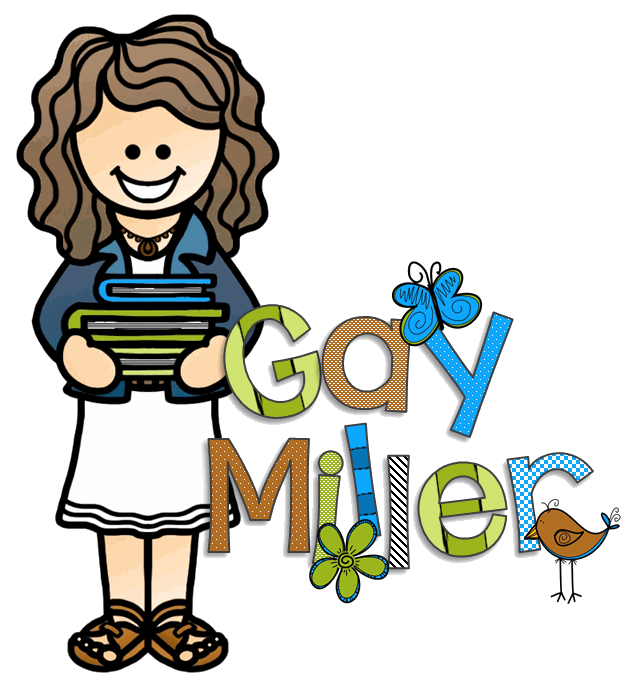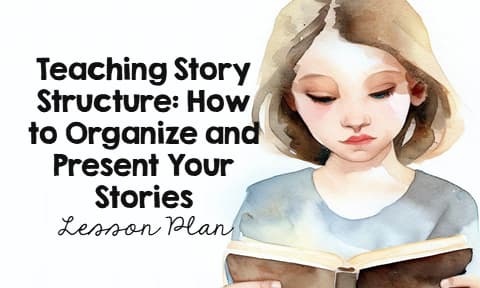
If your students’ stories have ever zigzagged through plot points like a squirrel on espresso—chaotic, charming, but utterly confusing—then this lesson will bring some much-needed narrative order. In the first of our three-part series on teaching story structure, we’ll show you how to help students wrangle their ideas into clear, compelling tales.
We’re kicking things off with narrative structures—the blueprint for how writers arrange events, characters, and settings to hook readers and (hopefully) not confuse them along the way. Once students understand different ways to organize a story, they’ll start to see structure everywhere… and their own writing will level up fast.
Let’s walk through a complete step-by-step lesson plan packed with engaging activities, discussion prompts, and—you guessed it—a ready-to-go handout!
Teaching Story Structure:
How to Organize and Present Your Stories
Lesson Plan
Hook Activity: The Lion and the Mouse
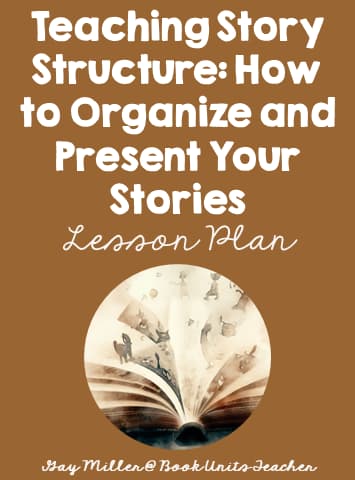
Start with a familiar fable to introduce story structure in action. In the student packet and Google Slides, you’ll find three versions of The Lion and the Mouse, each told using a different structure: linear, non-linear, and in medias res.
Students will read all three versions and respond to guided discussion questions that prompt them to compare how structure affects pacing, clarity, and emotional impact. It’s a simple but powerful way to show how storytelling choices shape reader experience.
Activity #1: Watch & Learn – Organizer + Video Lesson
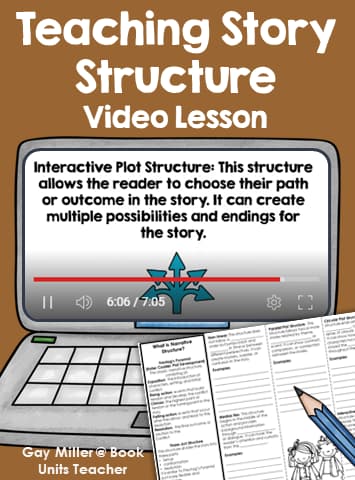
Now that you’ve piqued their interest, dive deeper with a video lesson on narrative structure. While they watch, students complete a graphic organizer covering five types of story structure:
- Linear
- Non-linear
- In medias res
- Parallel plot
- Circular plot
Print the organizer from the handout or pull it up on Google Slides. Bonus: the foldable version makes a great addition to interactive notebooks!
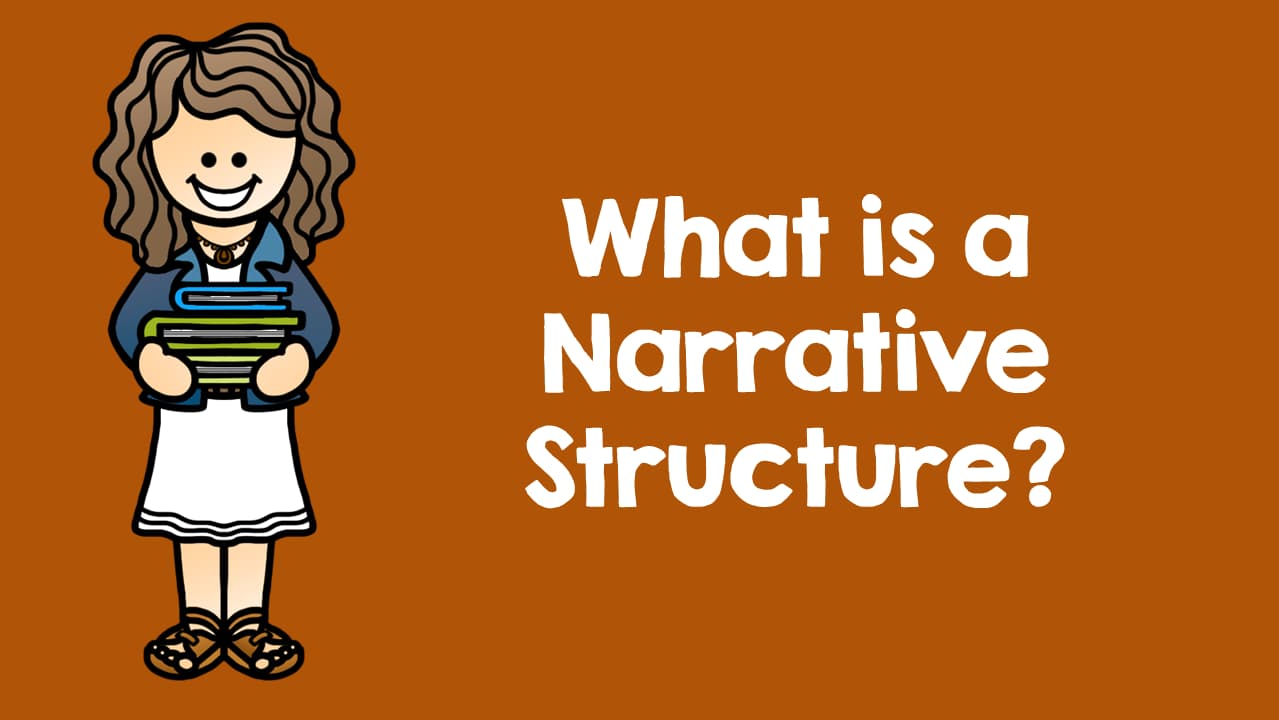
Activity #2: Comparing Story Structures using Animated Shorts
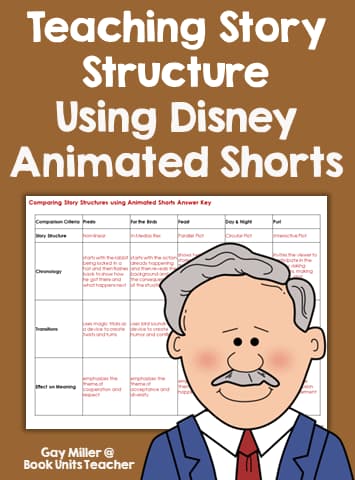
Once students have grasped the fundamentals of story structure, move on to a hands-on activity involving animated shorts. I have selected five captivating films, each using a specific story structure.
Students will be divided into small groups to analyze each film and fill in a chart, comparing and contrasting the different formats used.
Here are the links to the animated shorts:
Disney Films
Presto [5:14]
For the Birds [3:25]
Feast [6:30]
Day & Night [5:47]
Purl [8:42]
Non-Disney Films
The House of Small Cubes [12:06]
The Fantastic Flying Books of Mr. Morris Lessmore [15:06]
The Dam Keeper [18:04]
Father and Daughter [9:22]
Culminating Activity: Comparing Genres

To wrap up, students will explore how story structure varies across genres. Each group will read three versions of the same story—a poem, a narrative, and a drama—and analyze how structure and style influence meaning.
This activity builds on everything they’ve learned and prepares them for the next two posts in the series, which will focus on drama and poetry.
For a refresher on core elements, The elements of a story | Khan Academy provides a concise overview of exposition, climax, resolution, and more.
I hope your students enjoy these activities and come away with a deeper appreciation for how stories are built. Stay tuned for the next installments in our series—and as always, happy storytelling!
I hope your students enjoy these fun activities and will learn to recognize and appreciate different structures helping them become better storytellers and readers.
Stay tuned for the next installments in our series, where I will provide activities for the structures found in dramas and poems.
Happy storytelling!
Visit all three posts in the How to Teach Structure Across Literary Genres series
Want More Reading Skill Practice?
Build a strong foundation in comprehension with my Reading Skills Bundle. It includes 12 complete units covering:
- Text Structure
- Story Elements
- Main Idea & Details
- Cause & Effect
- Compare & Contrast
- Inference
- And more!
Each unit comes with printables, graphic organizers, and engaging activities that make reading skills stick.
